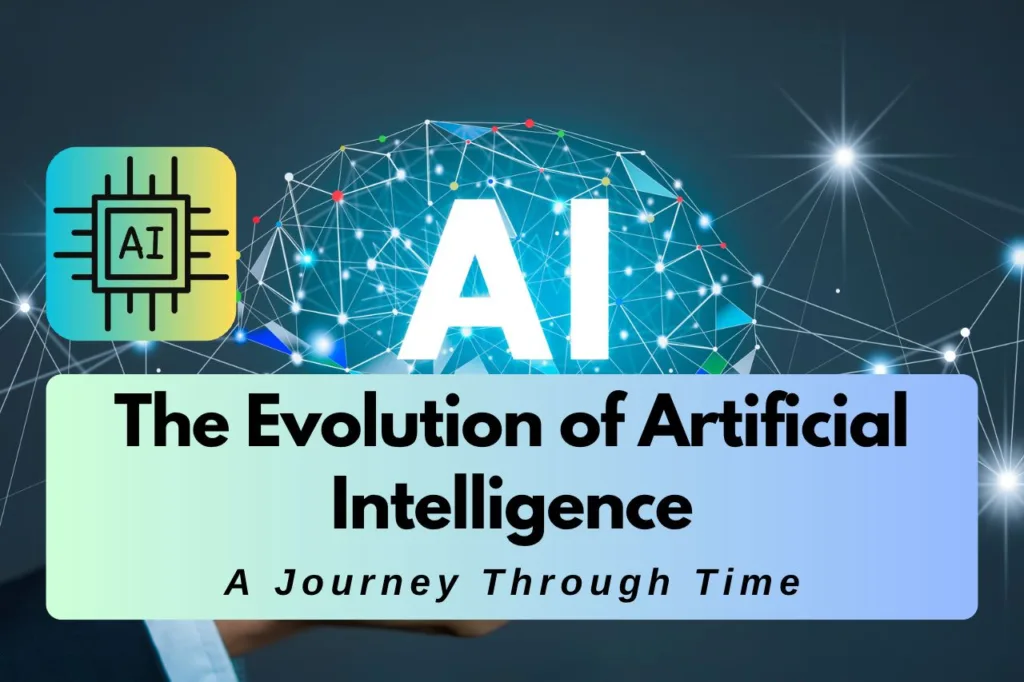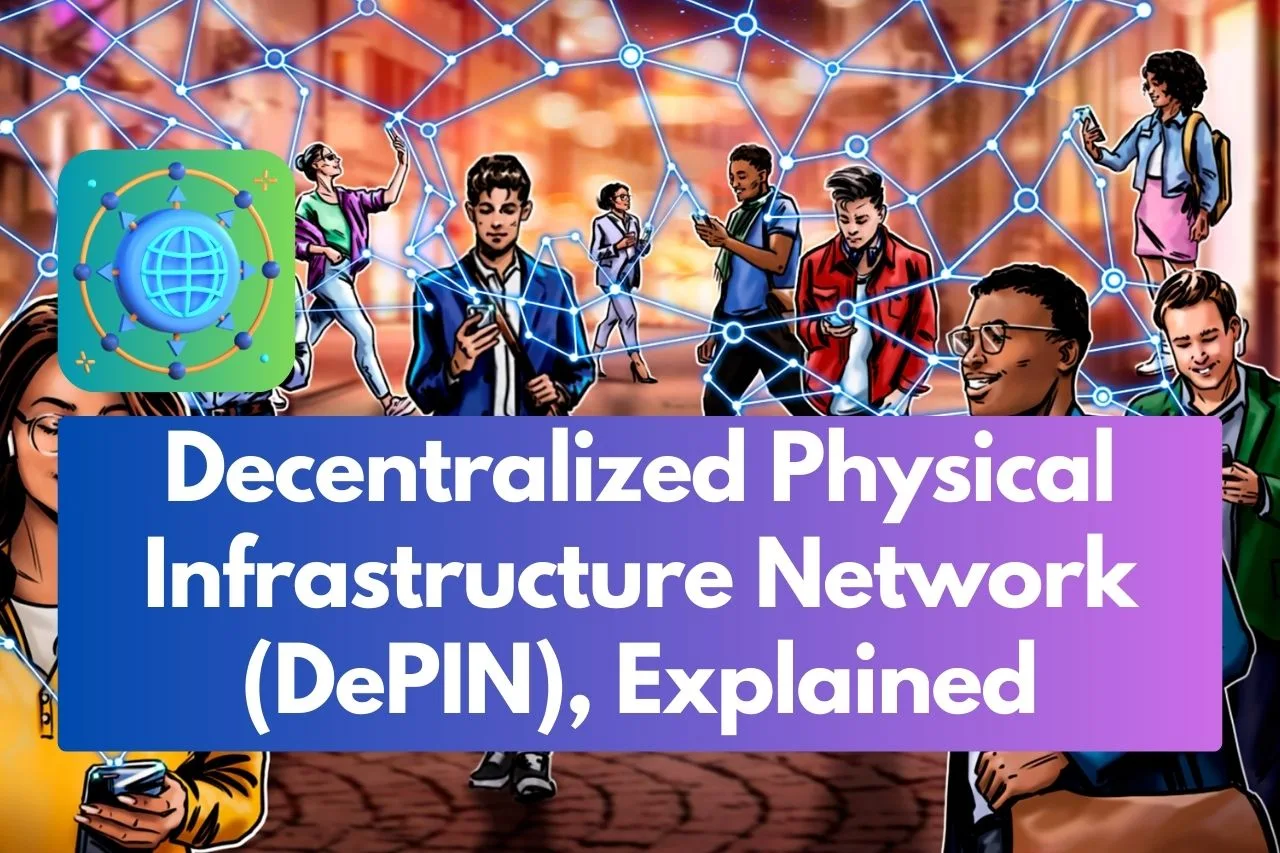A Journey Through Time

From the Turing machine to modern deep learning and natural language processing applications, artificial intelligence (AI) has come a long way. In this article, I will explore the fascinating history of AI and its development over the years.
The Birth of AI: Mid-20th Century 🌅
1956 Dartmouth Conference: The Beginning of AI Research
In the summer of 1956, a group of academics from various disciplines gathered at Dartmouth College to discuss the potential of building machines that could “think.” This historic conference marked the official birth of the field of artificial intelligence.
During this time, AI research was predominantly focused on rule-based systems and symbolic thinking, laying the groundwork for future developments in the field.
AI in the 1960s and 1970s: Expert Systems 💡
As AI research progressed, the focus shifted towards developing expert systems in the 1960s and 1970s. These systems were designed to mimic the decision-making process of human specialists in specific fields, such as engineering, finance, and medicine. Expert systems became a popular approach to solving complex problems within various industries.
The 1980s: The Emergence of Machine Learning 🧠
When the limitations of rule-based systems became apparent in the 1980s, AI researchers began exploring machine learning. This new approach allowed computers to learn from data using statistical methods, rather than relying solely on pre-programmed rules.
During this period, neural networks emerged as a major breakthrough in AI research. These networks were inspired by the structure and function of the human brain, allowing machines to process and learn from data in a more sophisticated manner.
The 1990s and 2000s: Robotics, Computer Vision, and NLP 🤳
AI research made significant advancements in the 1990s, particularly in the areas of robotics, computer vision, and natural language processing (NLP). These developments were further accelerated in the early 2000s, thanks to the rise of deep learning.
Deep learning, a subfield of machine learning, utilizes deep neural networks to process and analyze large volumes of data. This approach enabled breakthroughs in speech recognition, image recognition, and NLP, transforming the way we interact with technology.
Modern-day AI and the Future 🚀
Today, AI has become an integral part of our everyday lives, powering virtual assistants, facial recognition systems, and countless other applications. As AI continues to evolve, the possibilities for its future applications are endless.
From enhancing healthcare and education to revolutionizing transportation and communication, AI holds the potential to transform our world in ways we can’t yet imagine.
Conclusion: The Incredible Evolution of AI 🎉
The history of artificial intelligence is a testament to human ingenuity and our relentless pursuit of knowledge. As we continue to push the boundaries of AI research, we can expect to see even more groundbreaking innovations in the years to come. The future of AI is undoubtedly bright, and we can’t wait to see what’s in store.



